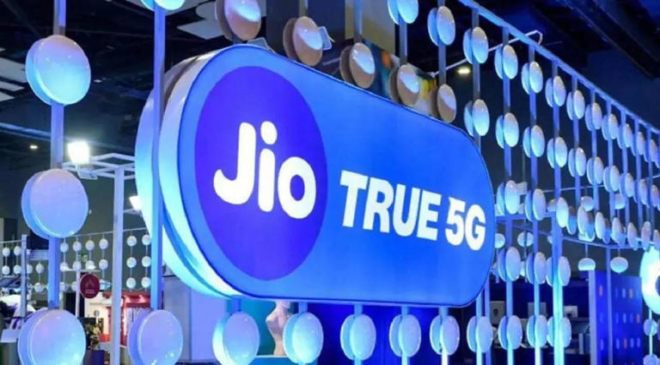Reliance Jio, in its continuous endeavor to enhance Internet accessibility in India, is actively pursuing satellite-based broadband services. This initiative aims to extend high-speed internet connectivity and digital services to remote regions across the country.
Read More: Union Cabinet Approves Rs 89,047 Crore Revival Package For BSNL
To cater to the demand for vernacular language content in India, the latest smartphones now come equipped with built-in functionalities for various Indian languages. An example of this is the JioPhone 4G Pragati, which supports 10 different languages through its operating system.
A recent report titled ‘The e-Conomy of a Billion Connected Indians,’ jointly released by Google, Temasek, and Bain & Company, sheds light on an interesting statistic. According to the report, around 53 percent of individuals who do not currently use the internet would be inclined to go online if the content was available in their native languages. This highlights the importance of providing multilingual content to bridge the digital divide and enable more people to access online resources and services.
Read More: Truecaller for iPhone: how to set up and ignore unwanted scam calls
According to a report in IANS, investments in India grew at a CAGR of 23 per cent (from 2018 to 2022), while the number of deals has increased by 27 per cent. In 2020, megadeal investments made in Jio & Reliance Retail of over $27 billion.
Further, the report said that companies that leverage advanced technologies to tailor the customer experience across the funnel are well-placed to deliver better outcomes, including stronger brand loyalty, higher repeat purchases and reduced marketing costs, IANS report added.
Read More: Reliance’s JioSaavn Pro to be free with these 5 prepaid plans | Details
As per the report, JioMart offers customers a customised product catalogue based on past purchases, delivery locations, etc., providing a highly customised experience. India’s Internet economy is expected to grow from $175 billion in 2022 to $1 trillion by 2030.





































